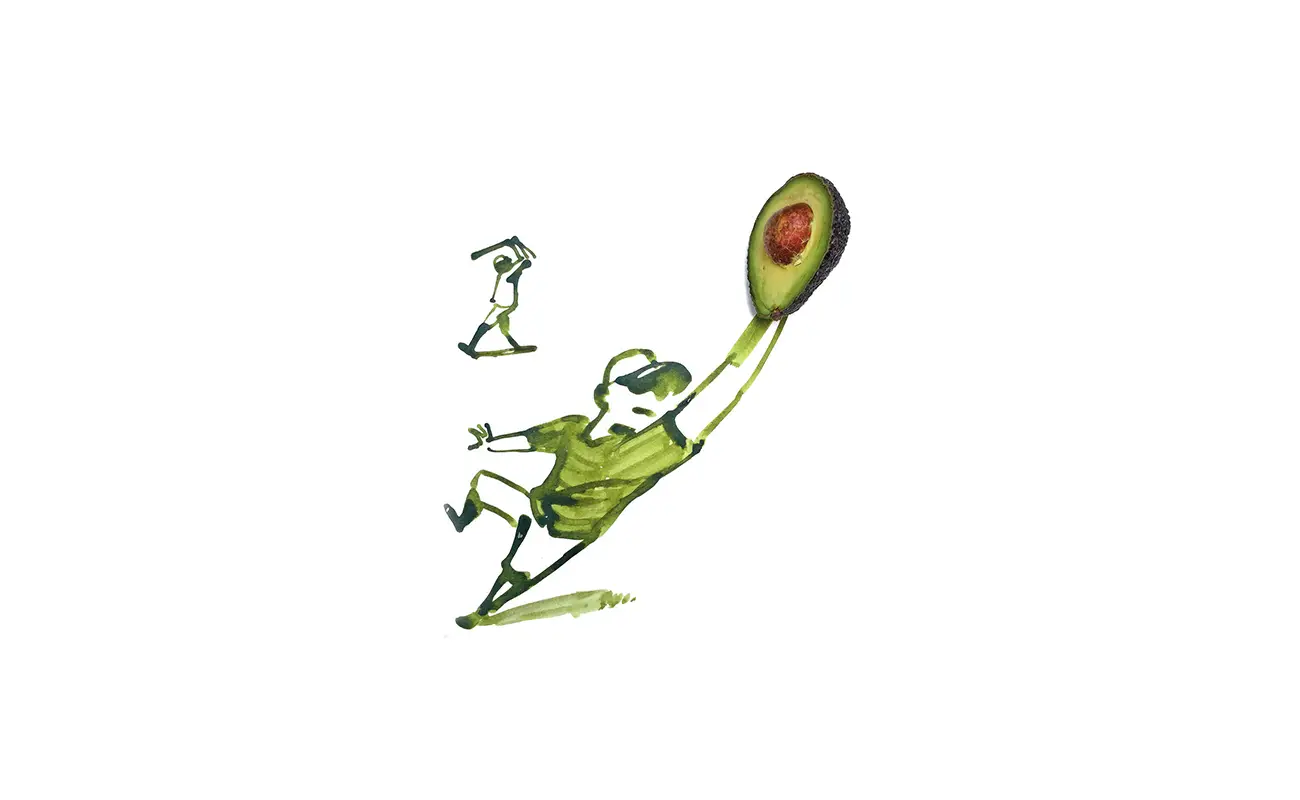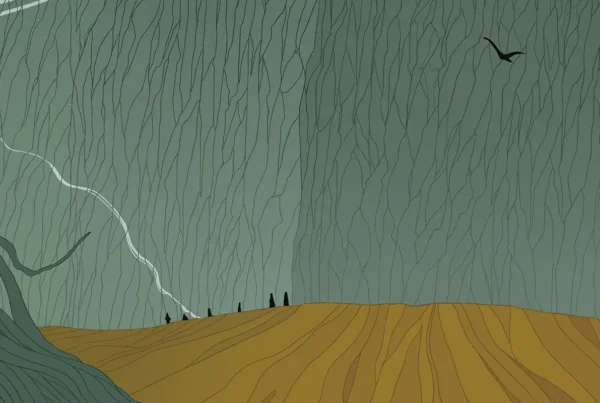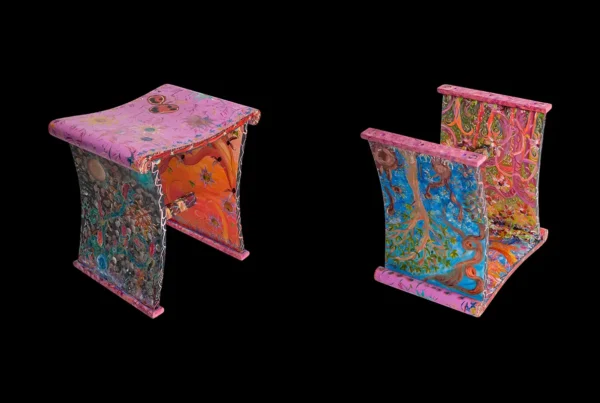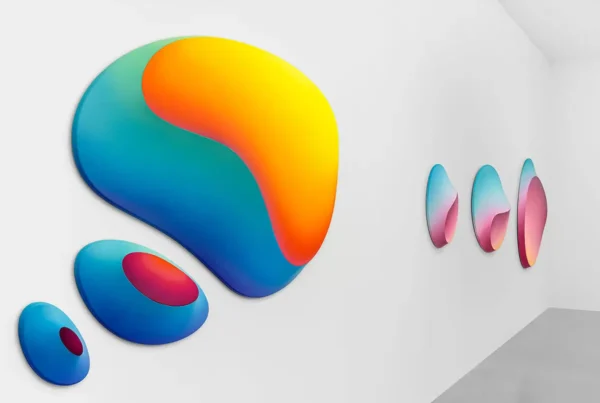Drawing Beyond Borders
Christoph Niemann’s artistic evolution is one shaped not by convention, but by a constant compulsion to question how images communicate. Emerging from Waiblingen, West Germany, his creative foundation was laid at the State Academy of Fine Arts in Stuttgart, where he studied graphic design. However, his relocation to New York in the late 1990s catalyzed a transformative phase in his practice. Immersed in the high-paced editorial environment of The New Yorker and The New York Times Magazine, Niemann’s work began to garner attention for its conceptual clarity and visual ingenuity. Over the years, his repertoire expanded dramatically—from editorial illustrations and animations to immersive experiences in augmented and virtual reality, encompassing collaborations with global institutions like National Geographic, Hermès, and the Obama Foundation.
Rather than confining himself to a singular artistic identity, Niemann views his work as an ongoing experiment in communication. For him, style is fluid—a visual accent rather than a defining trait. What anchors his work is his conceptual approach, honed through his early design education. This has allowed him to remain agile across disciplines while preserving the intellectual core of his practice. Whether interpreting a complex economic theory or designing custom gear for Formula One champion Sebastian Vettel, Niemann prioritizes interpretation over decoration. His illustrations feel simultaneously intimate and analytical—works that translate abstract thought into visual experiences that feel spontaneous and human.
Niemann’s ability to seamlessly pivot between media stems from an underlying desire to reframe the familiar. His explorations are not just visual; they are philosophical meditations on perception itself. In his hands, the mundane transforms—poppy seed rolls become planets, toothbrushes morph into skyscrapers. By placing everyday objects in conversation with minimal linework, he creates whimsical visual puzzles that invite viewers to shift their perspectives. This interplay between photography and drawing does more than provoke laughter or admiration—it invites emotional recognition. His images often spark moments of personal connection, where humor and memory intersect in unpredictable ways.
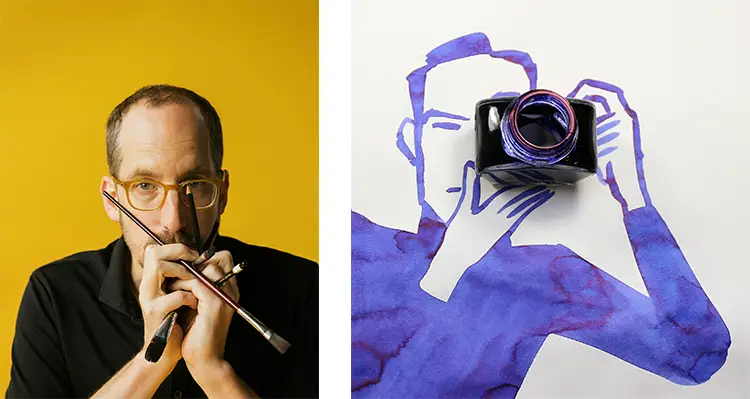
© Matthew Priestley
© Christoph Niemann
Christoph Niemann: The Practice of Seeing Anew
At the heart of Christoph Niemann’s creative process lies a rigorous discipline not often associated with artistic spontaneity: the ability to stare. He describes his method as rooted less in inspiration and more in persistence—a willingness to look at ordinary objects until they begin to seem unfamiliar again. In this act of prolonged observation, a transformation takes place. What appears trivial or mundane acquires new dimensions, offering fresh metaphorical potential. This process is less magical than it is muscular. For Niemann, visual discovery is a form of endurance, a mental sport requiring both patience and stamina.
His belief in the trainability of creativity is foundational to his philosophy. Niemann actively challenges the romantic notion of the artist as a vessel for divine inspiration. Instead, he views creativity as the byproduct of resilience—of trying, failing, and trying again. Drawing, in his view, is not about instant genius; it’s about embracing imperfection until something authentic emerges. He places particular importance on failure, not as a detour but as the main road. The emotional honesty of his work stems from this vulnerability—the willingness to make something that might not work, knowing that it might lead somewhere essential.
This commitment to honesty manifests not only in his finished pieces but also in his process. Niemann is vocal about the need for boundaries and structure to safeguard creative energy. He compares the act of making art to a team sport, one that requires both offense—intuition, experimentation—and defense—organization, logistics, financial planning. To sustain creative momentum, he builds systems that remove distractions, allowing full immersion during the act of drawing. By consciously separating the administrative from the artistic, he cultivates a mental space where sincerity and play can coexist.
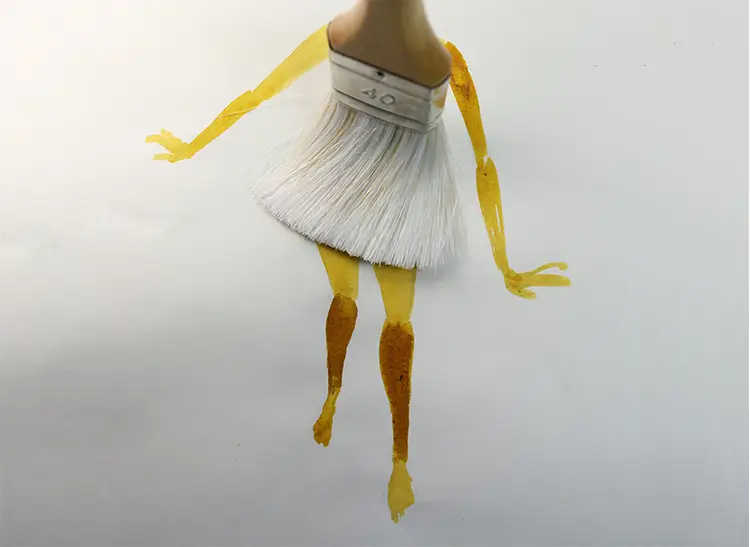
© Christoph Niemann
Inventive Motion and the Power of Play
Christoph Niemann’s artistic compass is guided by movement—both literal and conceptual. This restless drive manifests in his pursuit of diverse formats and experiences, ranging from sketching during the New York City Marathon to creating immersive illustrations at the Olympic Games and the Venice Biennale. For Niemann, creative growth is less about deliberate strategy and more about instinctive curiosity. The decision to try a new medium isn’t premeditated; it’s a response to internal momentum. Each new project becomes an avenue for exploration, often leading him far beyond the initial concept.
This mindset is perhaps most vividly expressed in his work with children’s literature, a genre he entered almost by accident. What began as a bedtime story for his children evolved into Die Polizeiwolke, his first picture book. Since then, his titles have reflected a fascination with process and materiality, notably Der Kartoffelkönig, a project built around potato printing. These books resonate because they bypass conventional polish in favor of directness, whimsy, and sincerity. By allowing imperfection to shine through, Niemann’s children’s books embrace unpredictability and emotional depth, creating a space where abstraction meets clarity.
New technologies have also served as creative springboards rather than distractions. Augmented reality, apps, and digital installations have become arenas where Niemann tests the elasticity of visual language. However, even within these cutting-edge formats, the core remains the same: a desire to connect. Whether using watercolors shared on Instagram or creating live digital sketches, he keeps the work rooted in authenticity. His blog, Abstract Sunday, became a personal laboratory—an open sketchbook that encouraged experimentation without the burden of outcome. This space, free from external expectations, often generates the raw material for some of his most impactful projects.
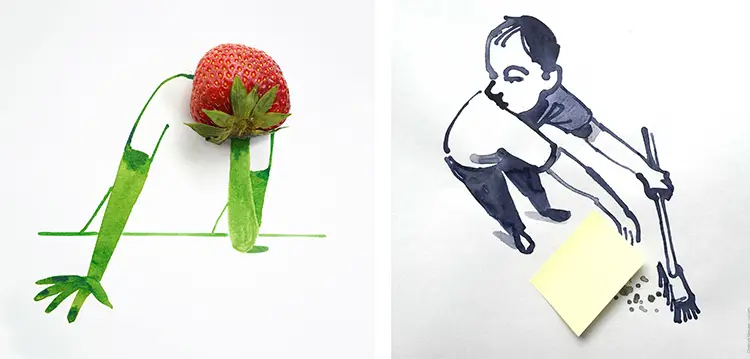
© Christoph Niemann
© Christoph Niemann
Christoph Niemann: The Subtle Shift Toward Stillness
Over time, Christoph Niemann’s relationship with his practice has undergone a quiet but significant transformation. Early in his career, the rapid pace of editorial work demanded a kind of visual triage—quick thinking, fast execution, and instinct-driven decisions. This pressure-honed responsiveness, but it left little space for contemplation. With experience, Niemann gravitated toward projects that allowed more introspection, where the challenge was not speed, but presence. The shift required him to develop a tolerance for uncertainty, learning to wait for ideas rather than chase them.
This evolution was neither linear nor easy. Faced with self-initiated projects, Niemann had to confront the discomfort of creative silence. Without the structure of a brief or a deadline, the work became more emotionally vulnerable. Yet within that discomfort, he discovered the value of restraint. The pieces that emerged from this period often spoke more softly but lingered longer. Rather than demanding attention, they offered it—a gift to the viewer willing to pause. These works demonstrate that restraint can carry as much power as provocation, and that subtlety, in the hands of a skilled artist, can be radical.
Today, what fuels Niemann’s continued exploration is precisely the unpredictability of it all. The allure lies not in mastery, but in the possibility of surprise. He remains committed to the idea that the next meaningful project might come from an unplanned encounter or a playful experiment. It’s this openness—not to trend or fame, but to discovery—that defines his contribution to visual culture. For Niemann, the work is never really done; each drawing, each idea, is simply part of an ongoing conversation with the world, one that invites us to keep looking, and more importantly, to keep noticing.



